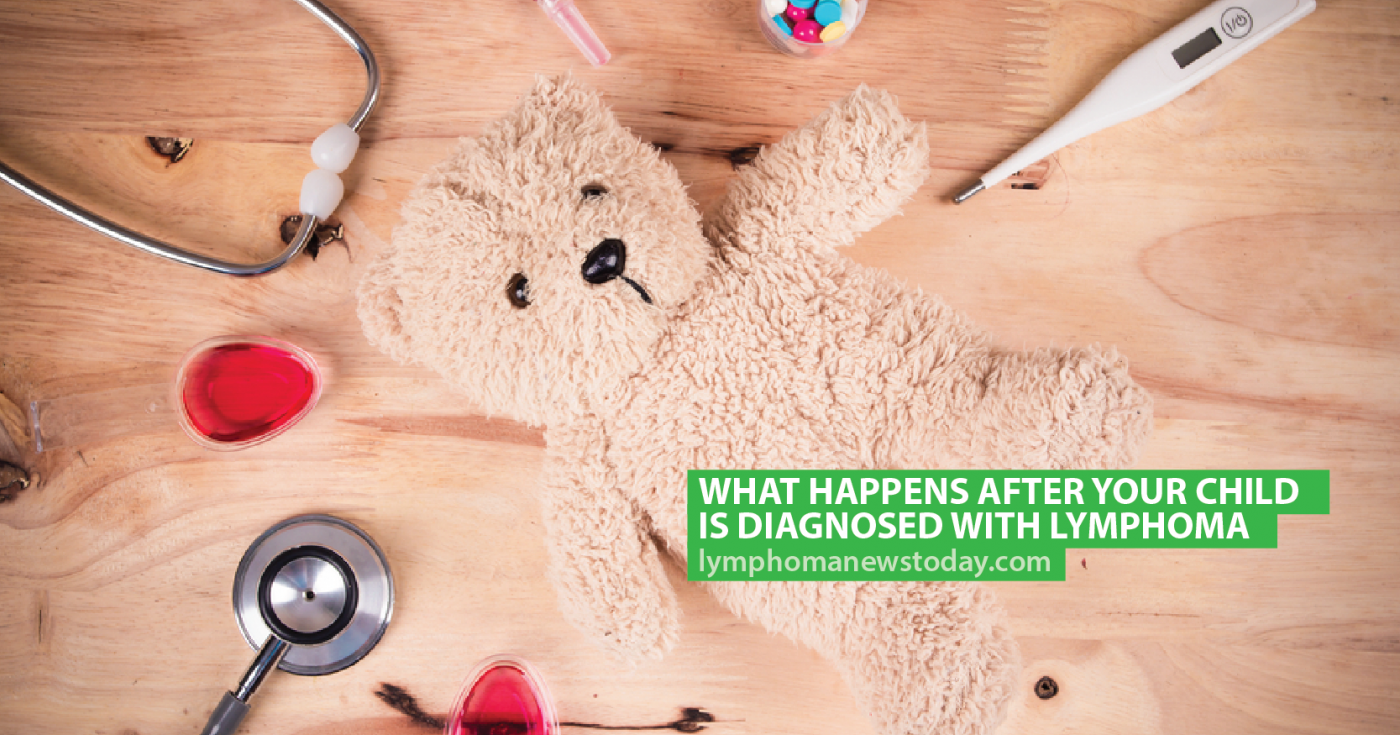Lymphoma is a cancer of the lymphatic system. White blood cells called lymphocytes — which help to fight infection — begin to grow out of control and collect in the lymph nodes. Lymphoma can affect people of any age, including children and teenagers. It is the most common form of cancer among 15- to 24-year-olds and the third most common among those under 14.
MORE: Five videos from the Lymphoma Society for young people with the disease.
If your child has been diagnosed with lymphoma they may begin treatment immediately or further tests may be required so your healthcare team can determine the best treatment plan. This can often be a frustrating time for all concerned but you can use the time to find out more about the type of lymphoma your child has and the treatments available. According to the Lymphoma Association U.K., there are some things you can do to be proactive, including:
- Compile a list of questions and concerns to ask your healthcare team
- Research your child’s type of lymphoma and information you’ve been given about possible treatment and any potential side effects
- Find out what facilities are available at the hospital where your child will receive his or her treatment
- Find out what support will be available for patients (your child) and caregivers (you and other family members)
- Join support groups, either locally or online
- Include your child in discussions about their treatment
MORE: The different types of lymphoma explained
Lymphoma News Today is strictly a news and information website about the disease. It does not provide medical advice, diagnosis or treatment. This content is not intended to be a substitute for professional medical advice, diagnosis, or treatment. Always seek the advice of your physician or another qualified health provider with any questions you may have regarding a medical condition. Never disregard professional medical advice or delay in seeking it because of something you have read on this website.


